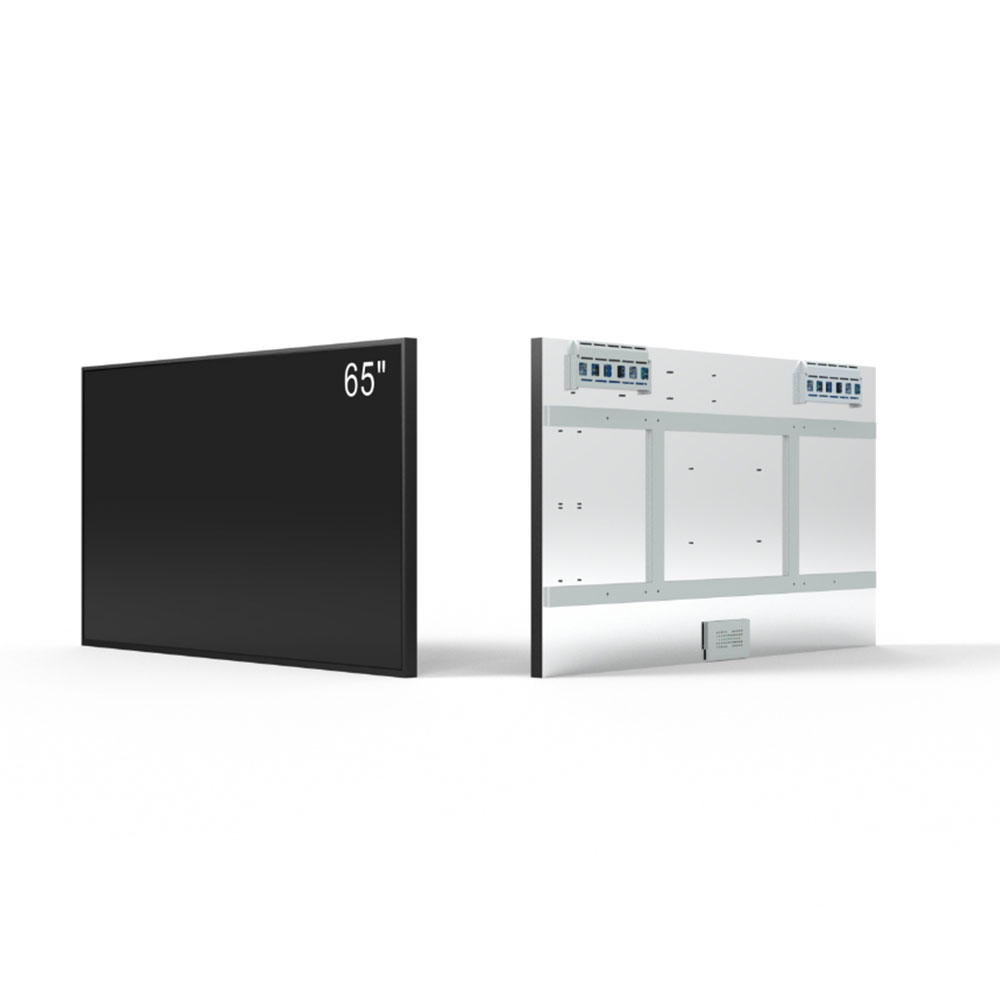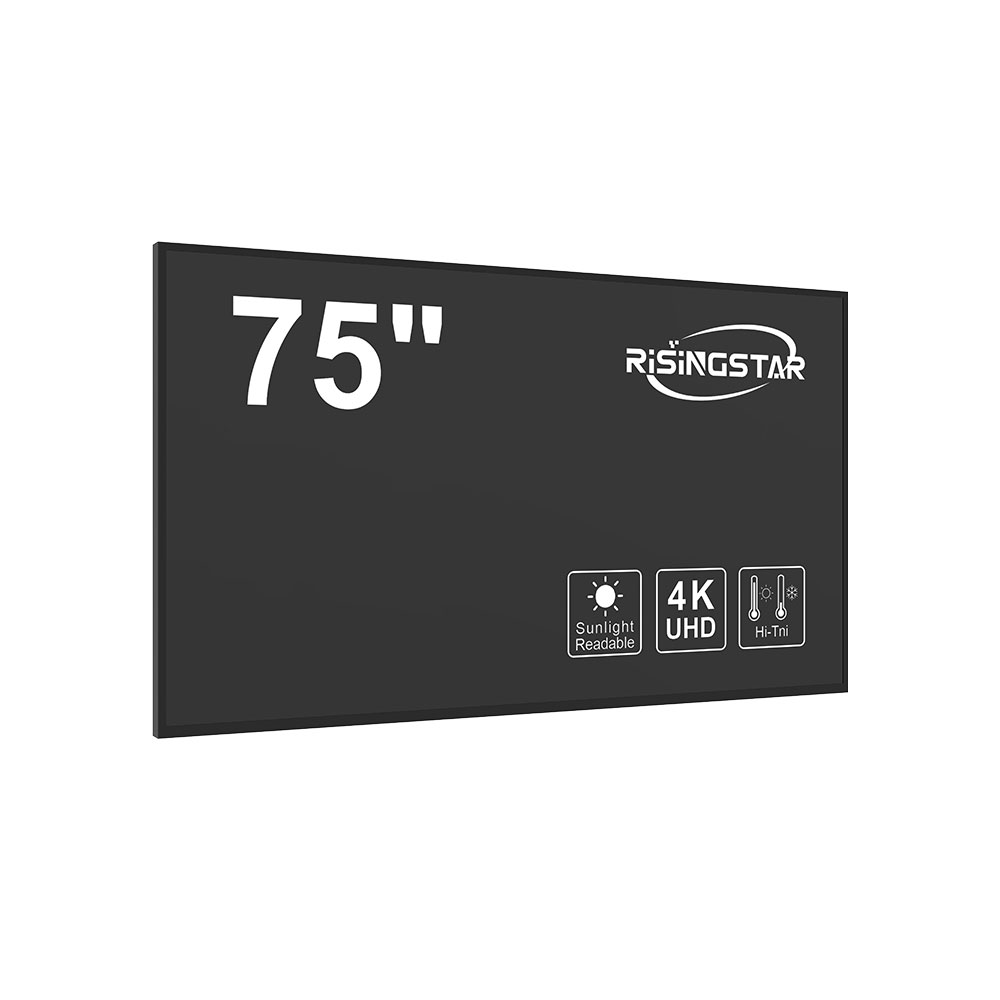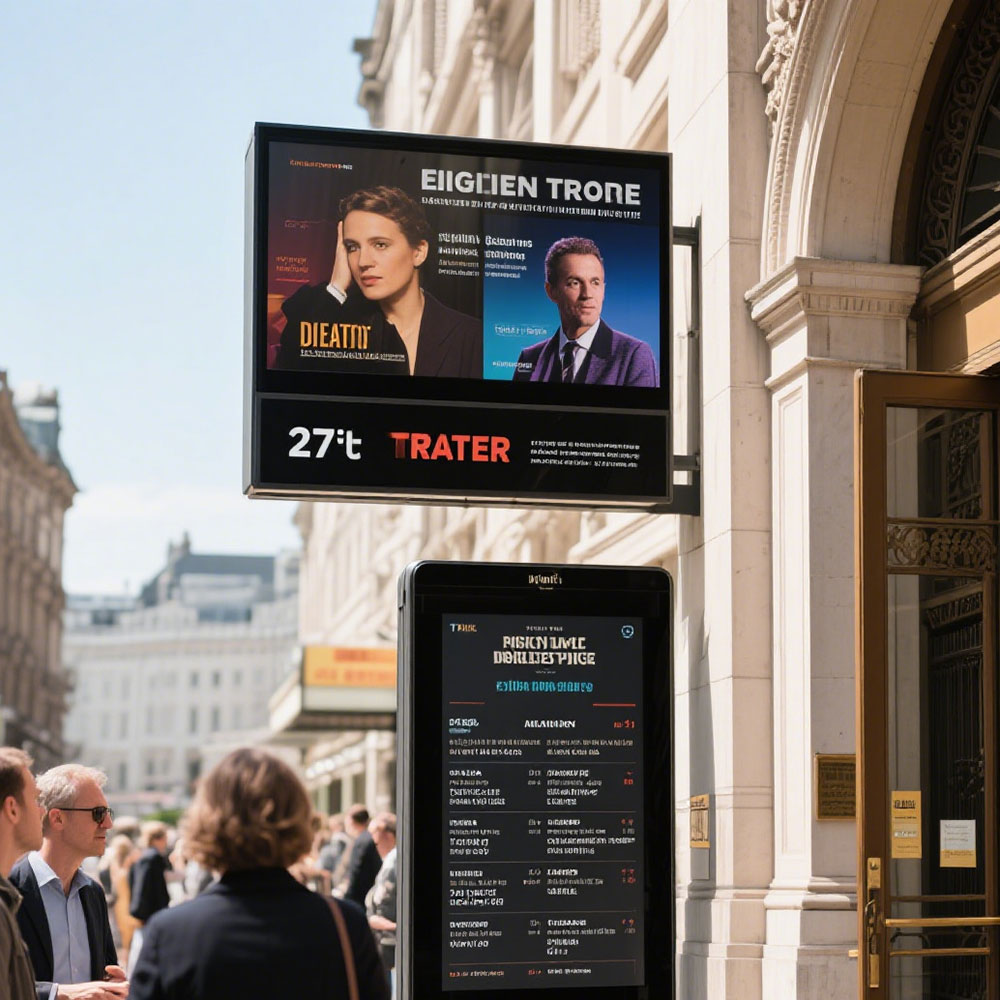When it comes to outdoor digital signage, choosing the right LCD screen is critical—not only for visual impact but also for long-term reliability in harsh environmental conditions. Whether you're deploying screens in a busy city square, a retail parking lot, or an industrial site, your display must withstand extreme temperatures, humidity, UV exposure, and physical wear while maintaining brightness, clarity, and color accuracy. This guide dives deep into the technical specifications, industry standards, and real-world deployment considerations that make or break an outdoor LCD solution.
First, let’s define what makes an LCD screen “outdoor-ready.” Unlike indoor displays, which operate in climate-controlled environments, outdoor screens must be engineered with specialized components such as high-brightness LED backlights, ruggedized enclosures, and advanced thermal management systems. According to the International Electrotechnical Commission (IEC) standard IEC 60068-2-14, outdoor equipment must endure temperature cycling between -30°C and +70°C without performance degradation. In practice, this means selecting panels rated for at least 5,000 nits of peak brightness—far above the typical 300–500 nits found in most indoor monitors. For instance, a study by the Society for Information Display (SID) confirmed that screens below 3,000 nits lose visibility under direct sunlight, especially during midday hours.

Brightness alone isn’t enough. You must also evaluate luminance uniformity across the panel. Poor uniformity leads to hotspots or dark corners—especially problematic in wide-format displays used for advertising. Industry-leading manufacturers like LG, Samsung, and Sharp now use local dimming technology combined with IPS (In-Plane Switching) panels to ensure consistent brightness from edge to edge. These technologies are crucial when designing large-scale video walls or digital billboards where viewers may be up to 50 meters away.

Another key consideration is contrast ratio. A high dynamic range (HDR) capable screen can deliver better image depth even in bright daylight. While indoor screens often advertise contrast ratios of 1000:1, outdoor models should ideally exceed 5000:1 to maintain sharpness against ambient light. For example, a recent case study from a major airport terminal in Dubai showed that upgrading from a 3000:1 to a 5000:1 contrast ratio improved passenger engagement by 27% during peak travel times.
Environmental protection ratings matter just as much as optical performance. The IP (Ingress Protection) rating system—defined by IEC 60529—is essential for ensuring your screen resists dust, water, and mechanical damage. An IP65 rating means the unit is fully protected against dust ingress and water jets from any direction, making it suitable for coastal installations or areas prone to heavy rain. Some manufacturers, such as Barco and NEC, offer IP67-rated units that can survive temporary submersion—a critical feature for flood-prone regions like Southeast Asia or Florida.

Thermal design is another area where many brands fall short. High-power LEDs generate significant heat, and without proper ventilation or heat dissipation mechanisms, screen lifespan drops dramatically. Engineers recommend passive cooling systems (like aluminum heatsinks) for static installations, while active cooling (fans with dust filters) is necessary for continuous operation in high-temperature climates like Arizona or Saudi Arabia. A report from the University of California, Berkeley, found that outdoor screens operating above 45°C for more than 8 hours daily experienced a 40% reduction in MTBF (Mean Time Between Failures). That’s why reputable suppliers include thermal sensors and automatic brightness adjustment based on ambient temperature.
Durability doesn’t end at weather resistance—it extends to structural integrity. Most outdoor LCDs come in aluminum or steel enclosures designed to withstand wind loads up to 120 km/h (approx. 75 mph). If your installation is near a highway or in an exposed rooftop location, verify the mounting system’s wind load capacity. Additionally, consider anti-theft features such as lockable enclosures and tamper-proof screws. In cities like London and Tokyo, theft prevention has become a top priority for public digital signage operators due to rising incidents of vandalism and component removal.
Now, let’s talk about connectivity and control. Modern outdoor displays often integrate with cloud-based content management systems (CMS), allowing remote updates, scheduling, and diagnostics. Platforms like BrightSign, Scala, and ScreenCloud support both wired and wireless protocols (Wi-Fi 6, 5G, Ethernet) for reliable data transmission. However, in rural or low-bandwidth areas, offline playback via SD cards remains a viable fallback option. It's wise to choose a screen with dual network interfaces—one for primary connection and one for redundancy—to prevent downtime







